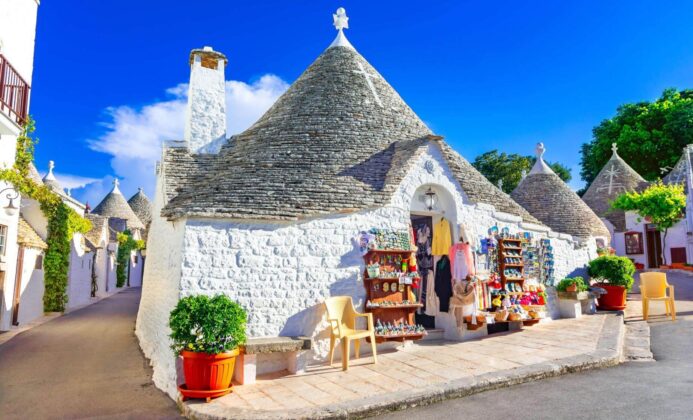Nestled atop a rocky hill in central Spain, overlooking the Tagus River, lies the ancient city of Toledo. Renowned for its profound historical significance, Toledo is a treasure trove of cultural heritage, bearing the indelible marks of Christian, Muslim, and Jewish civilizations. Often referred to as the “City of Three Cultures,” Toledo offers a fascinating glimpse into Spain’s multicultural past through its Jewish history, architectural marvels, and other significant landmarks.
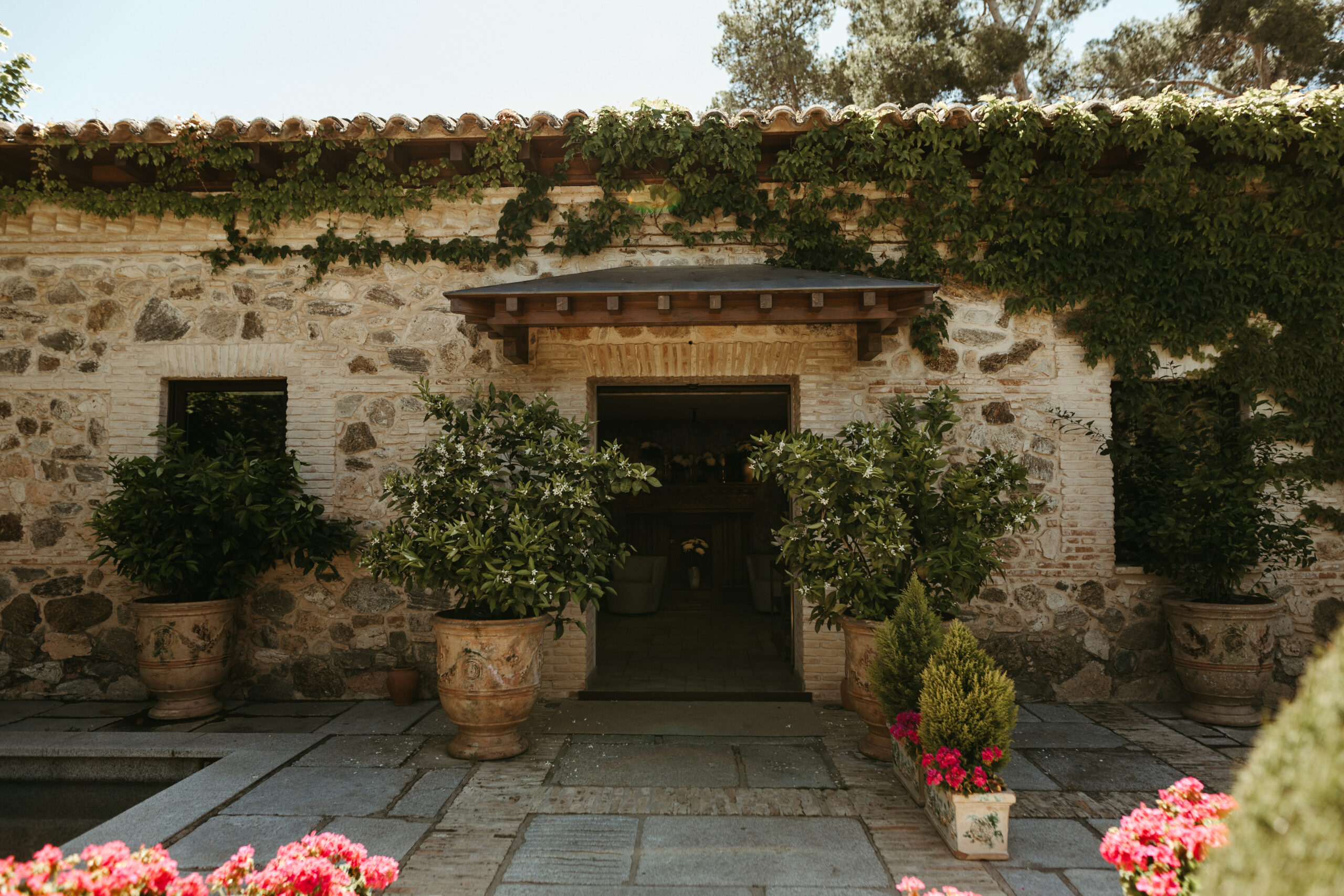
A Historical Overview
Toledo’s Jewish presence dates back to Roman times, but it was during the Visigothic and early Muslim periods that the Jewish community began to flourish. By the 12th century, Toledo was under Christian rule, having been reconquered by King Alfonso VI in 1085. This period marked a golden age for the Jewish community, who were instrumental in the city’s intellectual and economic life.
The Jewish quarter, or “Juderia,” became a vibrant center of Jewish life, renowned for its scholars, poets, and physicians. It was during this time that Toledo became a hub for translation, with Jewish scholars playing a pivotal role in translating Arabic texts into Latin and Hebrew, thus preserving and disseminating ancient knowledge throughout medieval Europe.
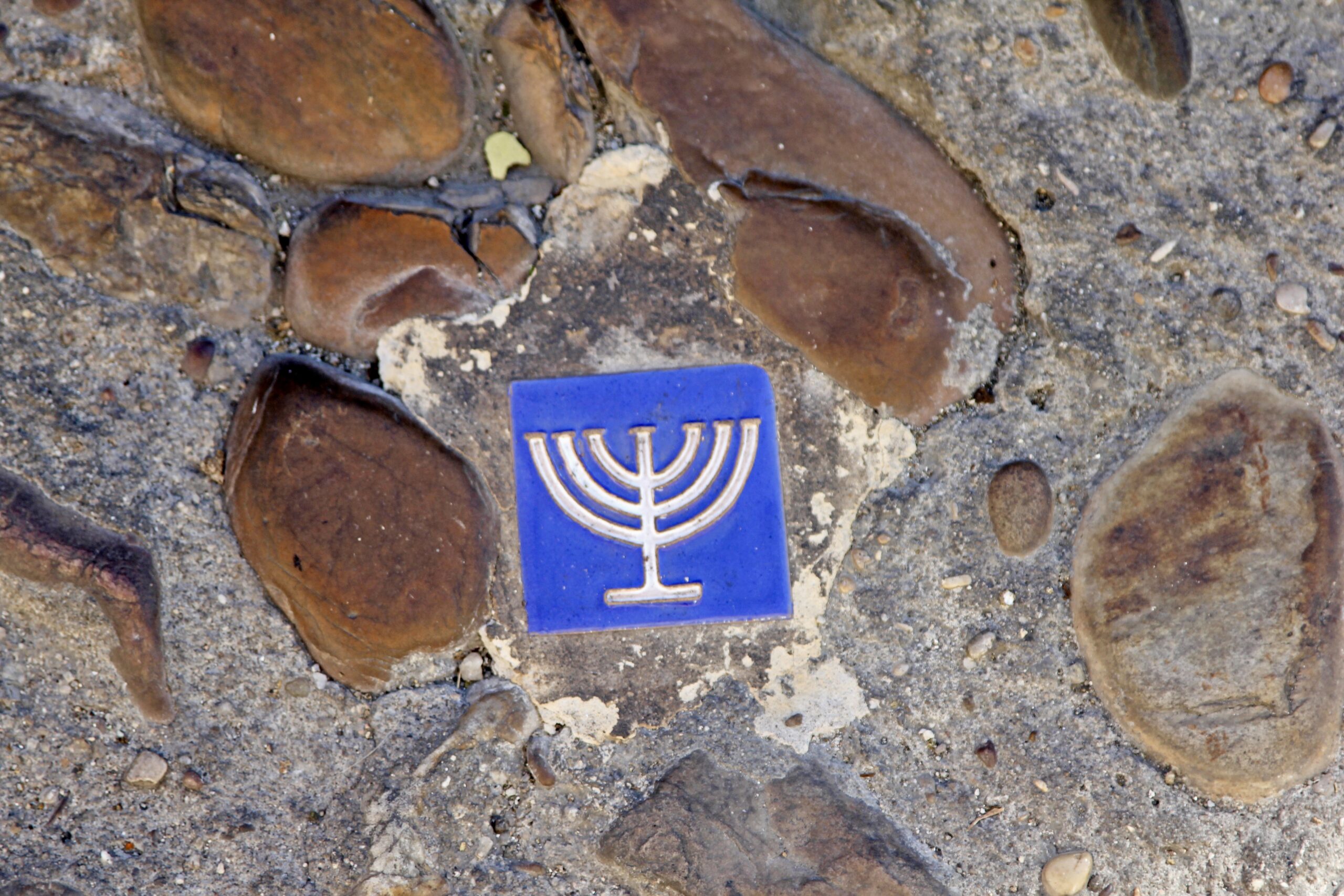
The Jewish Quarter: A Walk Through History
To walk through Toledo’s Jewish quarter today is to step back in time. The narrow, winding streets are lined with ancient buildings, some of which have stood for centuries. Key among these is the Synagogue of El Tránsito, an architectural gem that reflects the wealth and sophistication of Toledo’s medieval Jewish community.
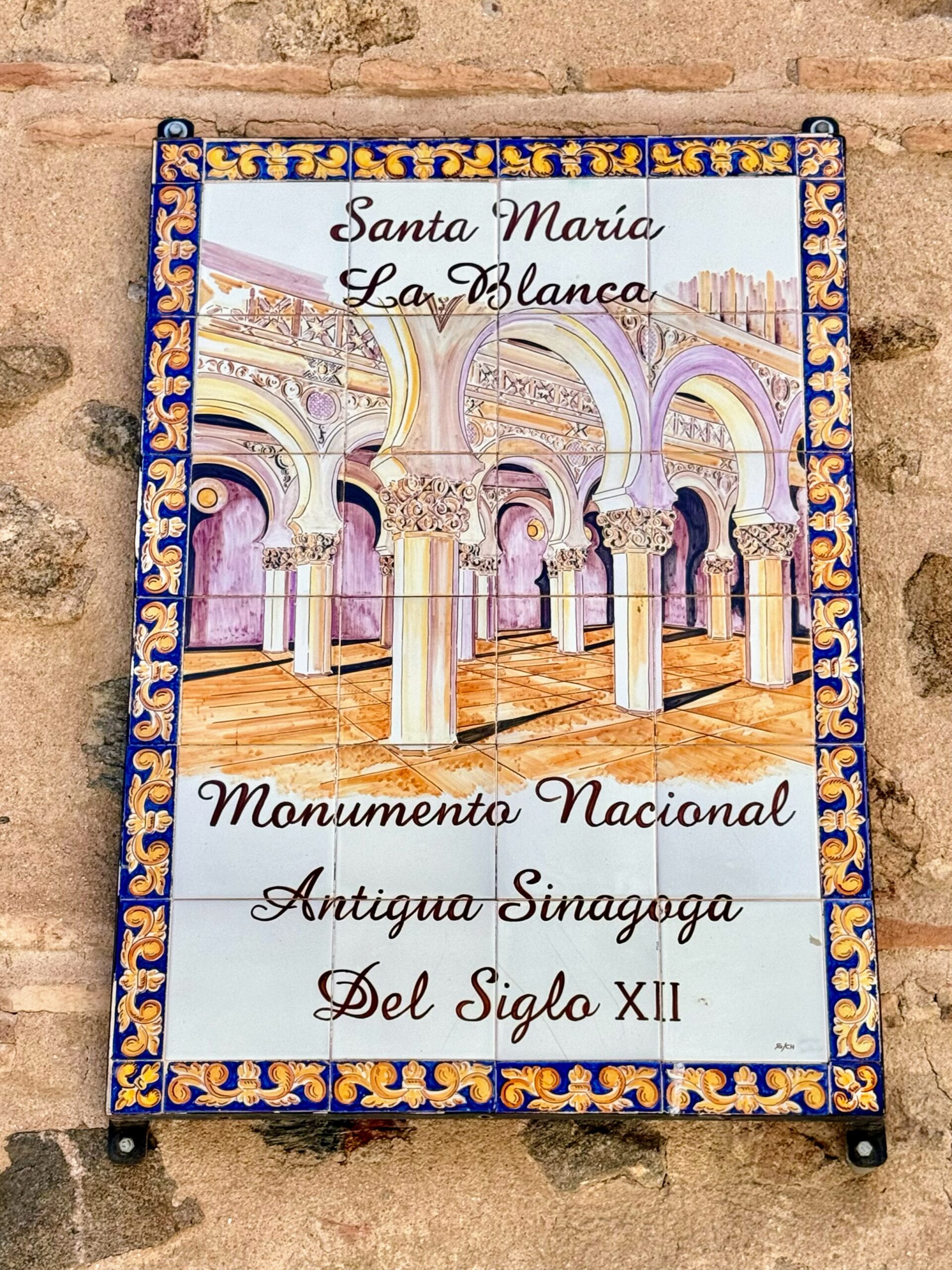
Synagogue of El Tránsito
Built in the 14th century by Samuel ha-Levi, treasurer to King Pedro I of Castile, the Synagogue of El Tránsito is a magnificent example of Mudéjar architecture, which blends Islamic, Gothic, and Hebrew artistic elements. Its interior is adorned with intricate stucco work, Arabic inscriptions, and Hebrew texts, creating a stunning visual narrative of the cultural synthesis that characterized Toledo.
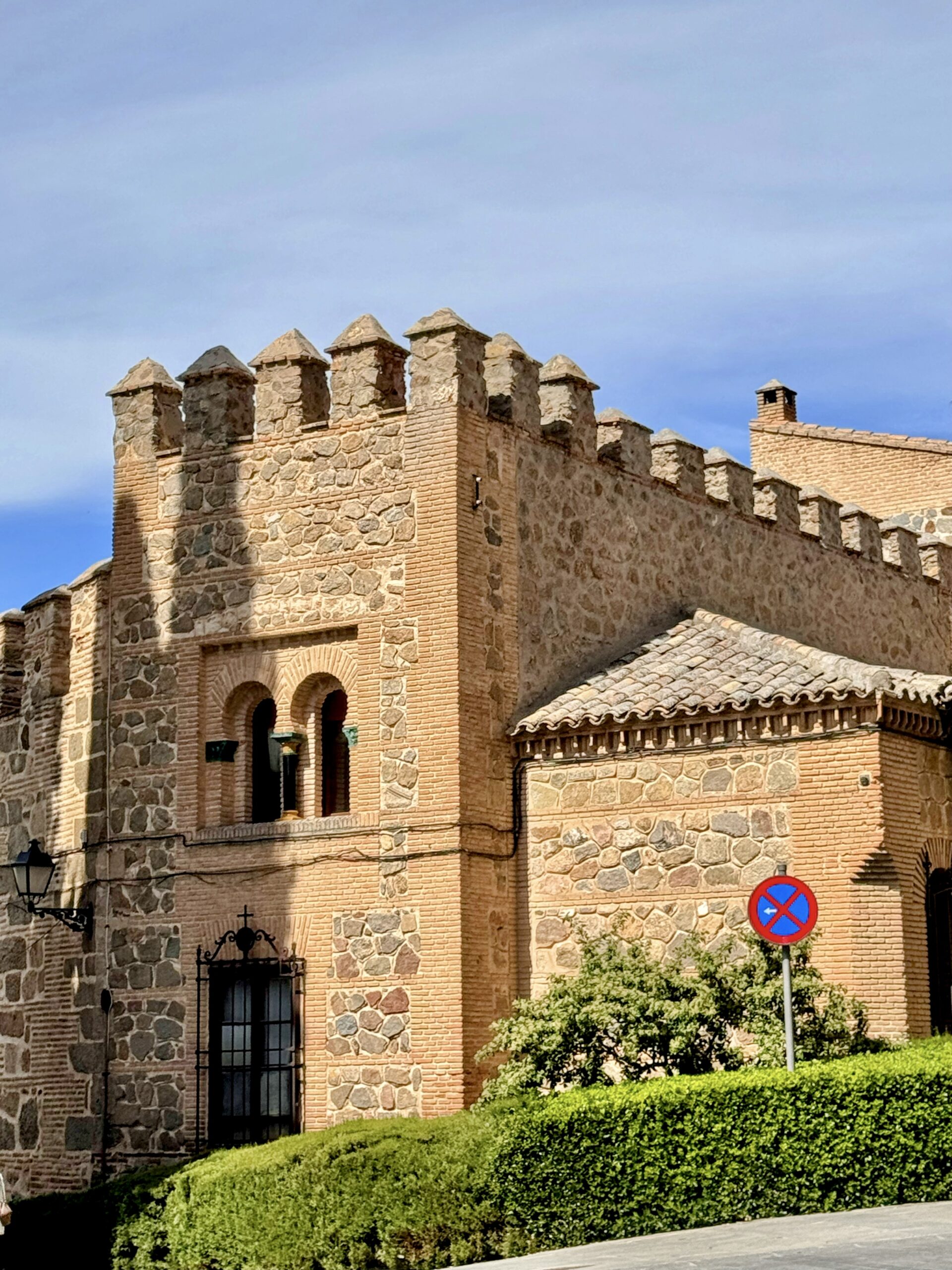
Today, the synagogue houses the Sephardic Museum, which offers visitors a comprehensive insight into the history, culture, and traditions of Sephardic Jews. Exhibits include religious artifacts, manuscripts, and everyday objects, providing a poignant glimpse into the life of Toledo’s Jewish community before their expulsion in 1492.
Synagogue of Santa María la Blanca
Another significant landmark is the Synagogue of Santa María la Blanca, originally built in the 12th century. Its serene white interior, supported by rows of horseshoe arches and delicate columns, is a striking testament to the syncretic architecture of medieval Toledo. Although it was converted into a church after the expulsion of the Jews, its original architectural beauty remains largely intact.
The Toledo Cathedral: A Gothic Masterpiece
The Cathedral of Toledo, or the Primate Cathedral of Saint Mary of Toledo, stands as one of the most magnificent examples of Gothic architecture in Spain. Construction of the cathedral began in 1226 under the reign of Ferdinand III and was completed in 1493. The cathedral’s design draws inspiration from French Gothic architecture, yet it incorporates uniquely Spanish elements, making it a masterpiece of its kind.
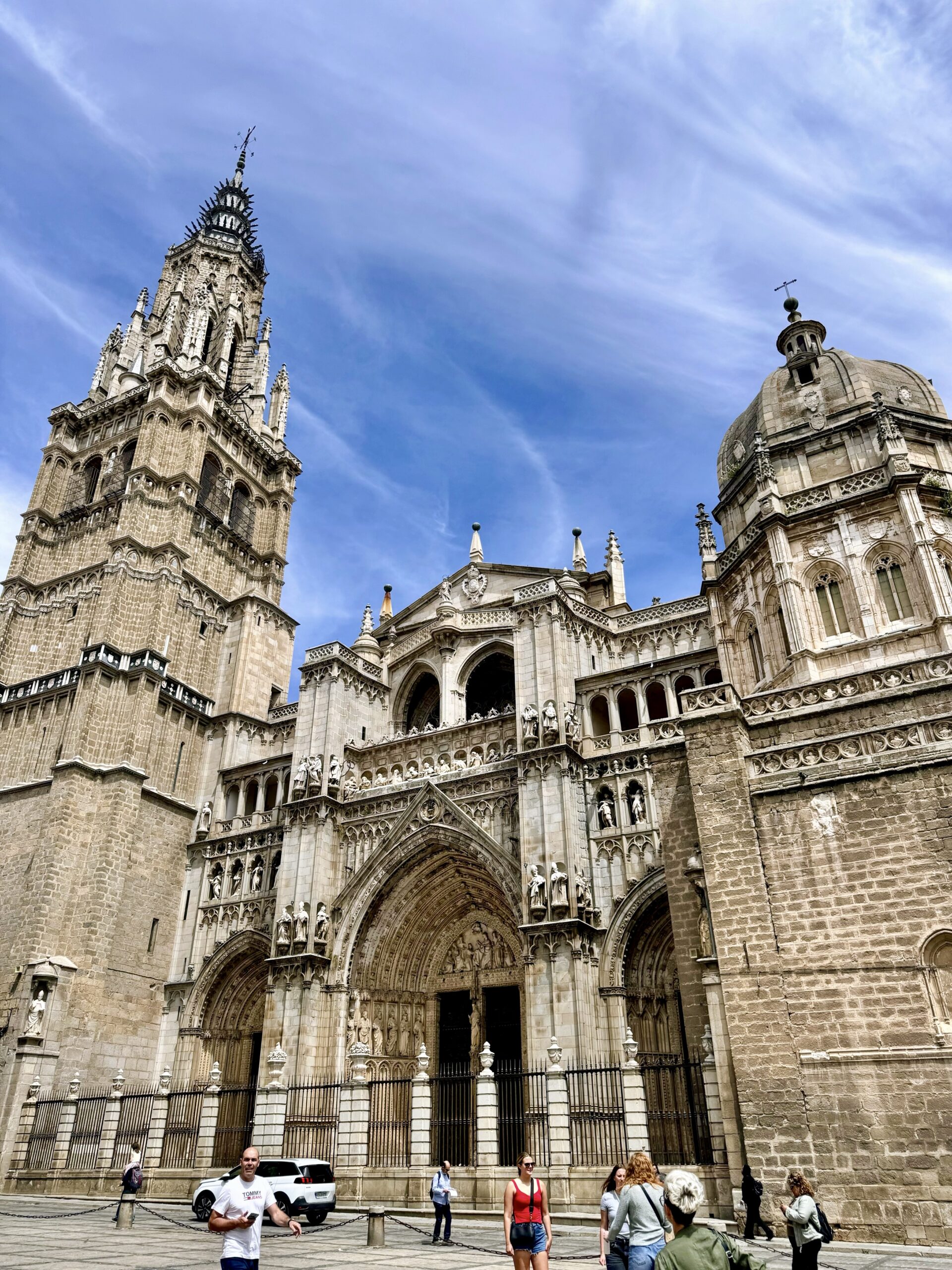
Architectural Highlights
The cathedral’s exterior is adorned with elaborate stonework, flying buttresses, and a towering spire that dominates Toledo’s skyline. The Puerta del Perdón (Door of Forgiveness), the main entrance, is a splendid example of Gothic sculpture, featuring intricate reliefs depicting scenes from the Bible.
Inside, the cathedral is equally awe-inspiring. The Capilla Mayor (Main Chapel) boasts a stunning retable, a massive altarpiece crafted with intricate detail. The choir stalls, carved from walnut, depict biblical scenes and saints, showcasing the skill of 15th-century craftsmen.
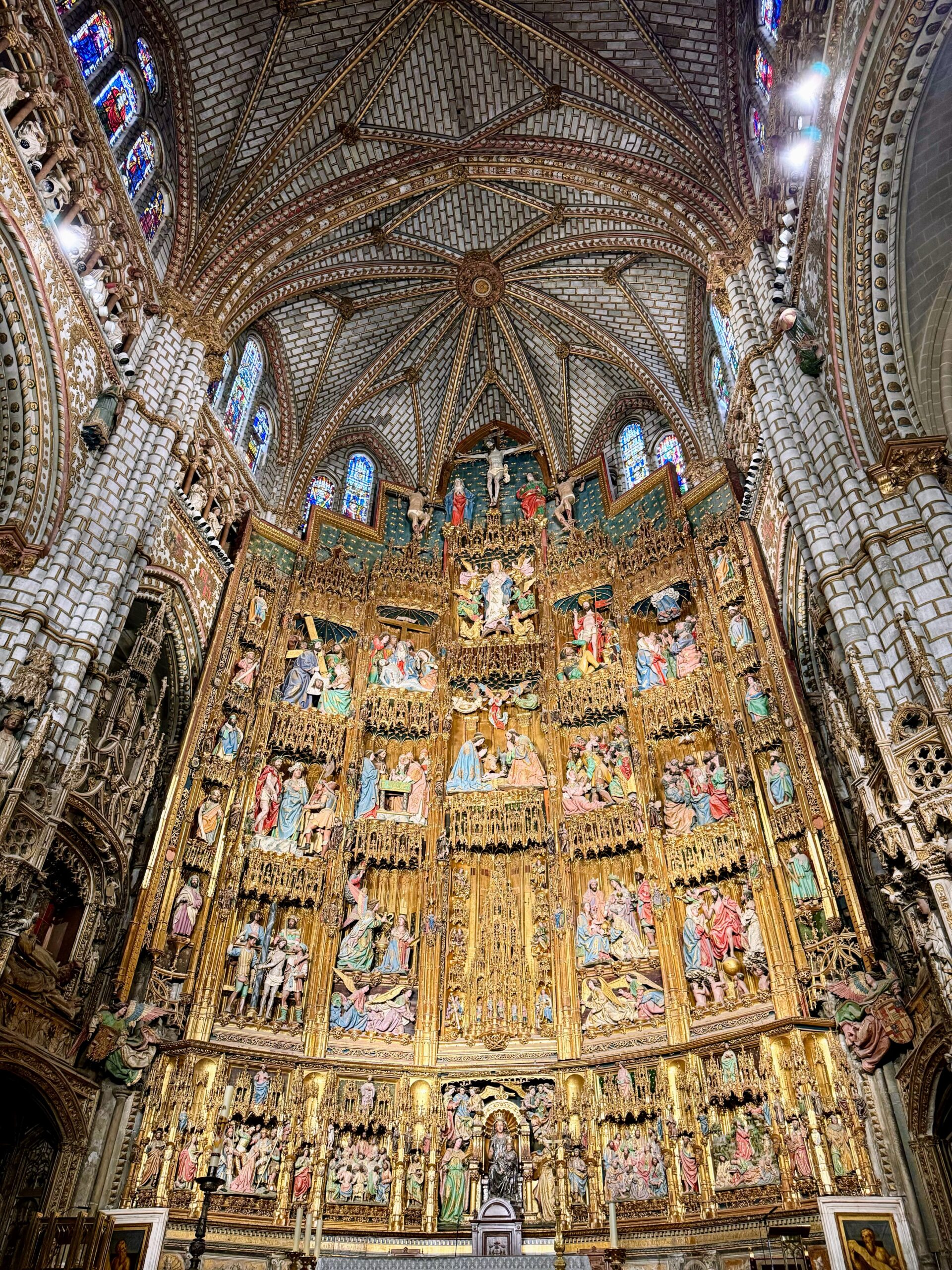
The Treasury and the Sacristy
The cathedral’s treasury houses an impressive collection of religious artifacts, including the renowned Monstrance of Arfe, a magnificent gold and silver vessel used in the Feast of Corpus Christi. The sacristy is home to an impressive array of artworks by El Greco, Goya, and other prominent artists, reflecting Toledo’s rich artistic heritage.
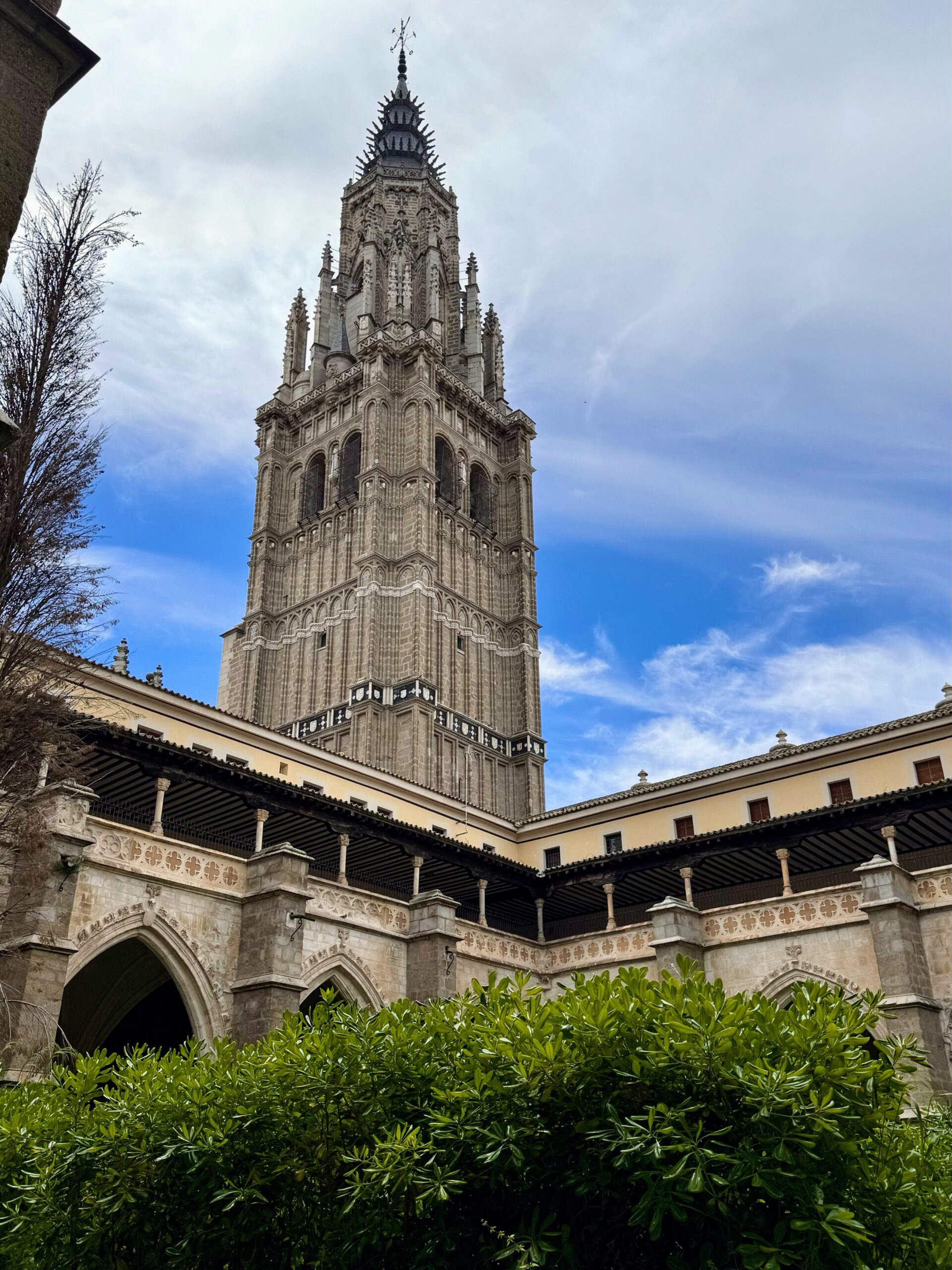
The Alcázar: A Fortress of Power
Perched high above the city, the Alcázar of Toledo is a symbol of Toledo’s military and political history. Originally a Roman palace, the Alcázar has been rebuilt and modified numerous times throughout the centuries. It served as a fortress for the Visigoths and Muslims before becoming a royal palace under Charles V.
Today, the Alcázar houses the Army Museum, which chronicles the military history of Spain through an extensive collection of weapons, uniforms, and artifacts. The Alcázar’s commanding presence and historical significance make it a must-visit landmark in Toledo.
The Monastery of San Juan de los Reyes
Commissioned by King Ferdinand and Queen Isabella in the late 15th century, the Monastery of San Juan de los Reyes is a stunning example of late Gothic architecture. Built to commemorate the Catholic Monarchs’ victory in the Battle of Toro, the monastery features intricate cloisters, delicate vaults, and richly decorated chapels.
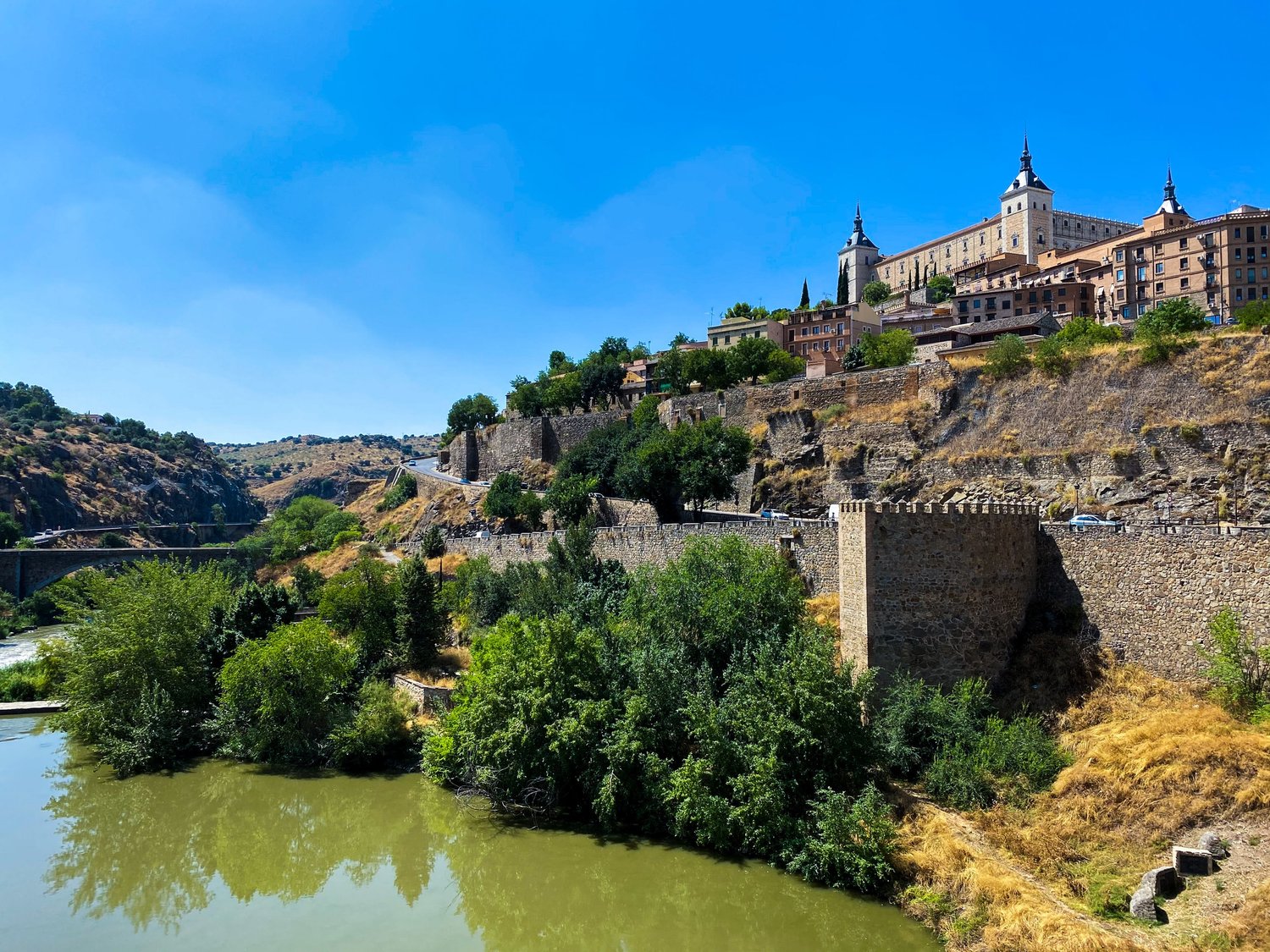
The Bridge of San Martín
Toledo’s impressive medieval bridges, particularly the Bridge of San Martín, are marvels of engineering and beauty. Spanning the Tagus River, the bridge dates back to the 14th century and is noted for its five arches and defensive towers. The bridge offers breathtaking views of Toledo and the surrounding landscape, making it a popular spot for visitors.
Toledo’s rich cultural heritage is a tapestry woven with threads of resilience, intellect, and artistic brilliance. The city’s Jewish quarter, with its ancient synagogues and narrow streets, stands as a testament to the enduring legacy of a community that once played a pivotal role in the intellectual and cultural life of medieval Spain. The magnificent Toledo Cathedral and other landmarks such as the Alcázar, the Monastery of San Juan de los Reyes, and the Bridge of San Martín further enhance the city’s historical allure.

Today, as visitors walk through Toledo’s historic streets, they are reminded of a time when diverse cultures coexisted and collaborated, enriching the city and the wider world. Toledo’s legacy continues to inspire awe and admiration, making it a timeless destination for those seeking to explore the depths of Spain’s historical and cultural heritage.
Words by Elle Taylor



